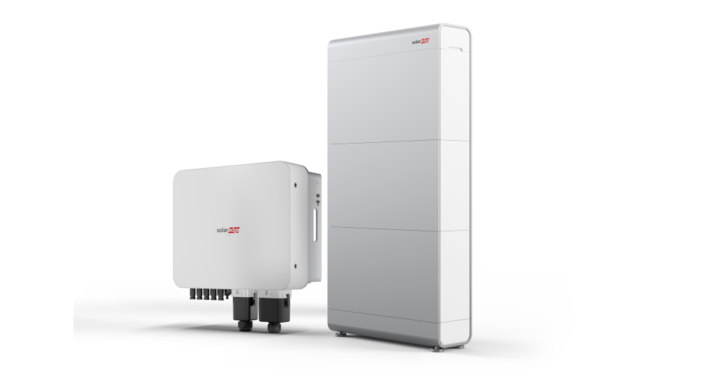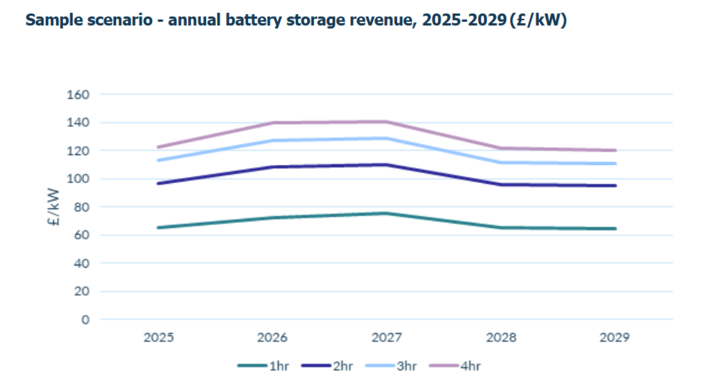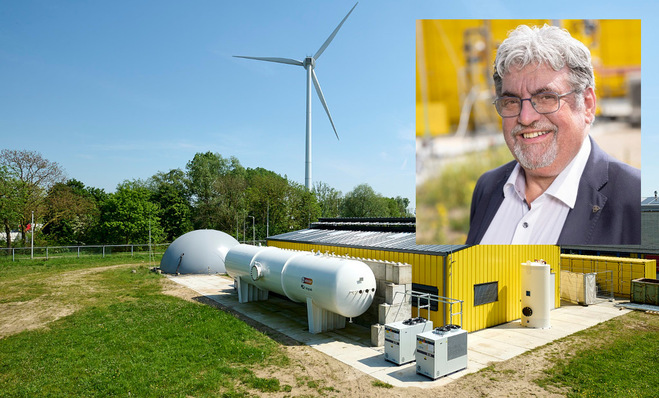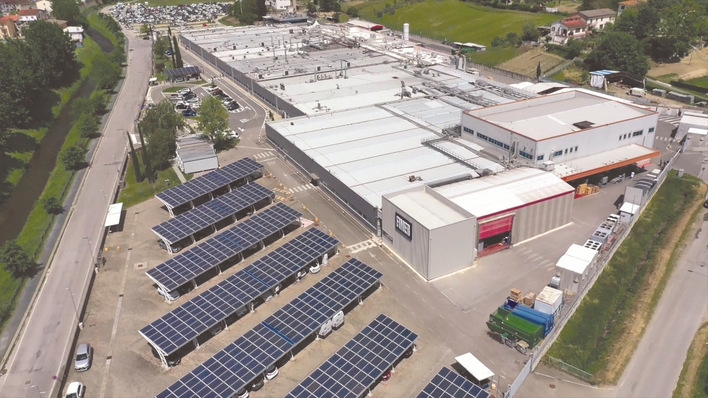What a great idea! And especially because it is thought through to the end: Last summer the Swedish company Ferroamp Elektronik AB presented their EnergyHub. Behind this is a DC nanogrid that is balanced to the three phases of the power grid through a single bi-directional inverter. The electronics required (Adaptive Current Equalisation: ACE) was developed and patented by Ferroamp themselves. And for it, this small start-up won the award at this year’s EES, the trade fair for storage and batteries.
Ferroamp integrates all generators, consumers and storage batteries through a smaller DC grid which is a maximum of 1,200 metres in length. PV is already suitable for direct current. All that is required is a rectifier (DC optimiser) to equalise the voltages. The same is true for storage batteries which are supplied using DC. The system voltage in the DC grid is 760 volts, which also works well for PV. Ferroamp supplies string optimisers for photovoltaics (SSO) and for batteries as well.
Connection through rectifiers and DC converters
Rotating generators such as small wind turbines or small hydropower plants are connected to the nanogrid by way of rectifiers. Most consumers that run on alternating current also require a rectifier in order to be connected to the DC grid.
Charge points for electric cars run on DC as well. “The bi-directional hybrid inverter is at the heart of our system,” Björn Jernström, founder and CEO of Ferroamp, explains. “It balances out the loads on the DC side in such a way as to avoid asymmetries across the three phases of the low-voltage grid.”
The inverter, lovingly referred to as the EnergyHub, costs 2,500 euros. Everything else is standard components. “Based on our inverter and the DC nanogrid, you can build very complex supply structures,” Jernström explains. “Meanwhile, our solution is only slightly more expensive than AC systems.” In case of a fire, for instance, the DC optimisers automatically disconnect the solar array and the storage batteries from the DC nanogrid, so that the fire service can do their job.
50 EnergyHubs installed already
Ferroamp have already installed 50 such EnergyHubs in Scandinavia, quite a few of these on behalf of the Swedish utility Vattenfall. Many customers in Sweden, Norway or Finland live far away from major cities. They need to be mostly self-sufficient and actually only require grid power in the winter – when solar panels are covered in metres of snow. “In the winter, our inverter also makes it possible to charge the battery during the night when grid electricity is cheaper,” the expert explains. “The battery is connected to the DC grid – just like the generators.”
For a 7.2 kilowatt hour battery, a bi-directional DC-DC converter producing six kilowatts would be sufficient. A separate battery inverter is not necessary. The consumption of power from the grid is logged and accounted for by a smart metre that is programmed as a cloud application.
Just as in the US, many farmers in the Guldbrandsdal of Norway, in central Sweden or around Mount Kebnekaise in the north have their own wind turbines. These are another way to produce electricity in the winter. Because Scandinavia does not lack in rivers and streams, small hydropower is also common.
The sky is the limit
The number of generators, consumers and batteries that can be connected to the DC nanogrid is only limited by the maximum length of the DC cables (1,200 metres) and the need to maintain the voltage at 760 volts. Other than that, customers are totally free in what they can have. The inverter acts as a bridge to the power grid and can even compensate for reactive power (four-quadrant inverter). Even in case of especially high demand, such as while charging an EV, it spreads the load to the three AC phases.
The inverter is available in seven and 14 kilowatts. Theoretically, the power modules can be stacked up to one megawatt in 3.5 kilowatt increments, for use in connecting and balancing large systems with the grid. In the basic model, Ferroamp use a 3.6 kilowatt hour storage battery (lithium iron phosphate). It is run as a high-voltage battery at 300 volts, and its service life is stated as 6.000 cycles, with a residual capacity of 80 percent.
System also offers emergency power
In case of power failure in the grid, the DC nanogrid will switch to island mode immediately. It could run in off-grid mode all the time, as long as electricity generation, storage and consumption are coordinated adequately. The entire chain of control between DC and AC takes no more than a second to switch between modes of operation.
One particularly neat feature is the inclusion of a charge point for EVs. They have seen a rise in popularity in Scandinavia. Also, many people have heat pumps there for heating their houses in the winter. After all, electricity is cheap – because of hydropower. “It is important to produce and consume as much of the electricity on the DC side,” Björn Jernström remarks. “That keeps losses to a minimum. Only the excess electricity that the generators produce is fed into the grid.” (Heiko Schwarzburger)
Read further insight reports:
Cha-Bum has scored – next round in the worldwide race for the best energy storage system
Solarwatt is entering the UK market for energy self-consumption with partner network
8 expert tips for solar energy storage every home builder should know about







